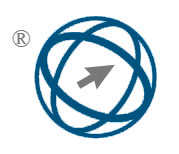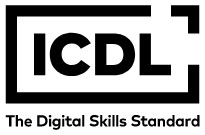Human Posture Recognition in Sports Training Using an Enhanced C3D Network With Attention-Based Feature Extraction
Abstract
Traditional sports scene human posture recognition technology faces problems such as low accuracy and complex structure. To solve the above problems, an efficient sports training human posture recognition technology is proposed. Among them, the research is based on target recognition algorithms for modeling, introducing attention mechanisms to enhance feature attention, and improving the training loss function. In addition, a posture action recognition model is constructed based on a three-dimensional convolutional network, in which a residual network is used to improve the model with asymmetric convolutional layers, and an attention mechanism combining convolutional blocks is introduced to extract target input features. In the experimental testing of action target recognition, the UCF101 dataset and a self-made dataset are used to compare the accuracy recall performance of different techniques. The precision value of the research method on the UCF101 dataset was 0.988, indicating the best performance. In the training loss test of the self-made dataset, the research model showed the best performance with a loss of 0.061. In the frame rate detection test, a self-made dataset was used for testing, and the average frame rate of the research model was 28.5FPS, which performed the best. In the posture and action recognition test, the research model achieved the highest recognition accuracy in scenes such as swimming, high jump, and basketball. In table tennis recognition, the action recognition accuracy was 92.54%, which was the best overall performance. In addition, the research technology focused on floating-point operations, and the research model had floating-point values of 38.456MB and 37.458MB on the Kinetic400 dataset and UCF101 dataset, respectively, which were superior to other techniques. The research technology has good application effects in sports training scenes, providing technical support for sports standardization training and action recognition technology.
Full Text:
PDFDOI: https://doi.org/10.31449/inf.v49i26.8274

This work is licensed under a Creative Commons Attribution 3.0 License.









